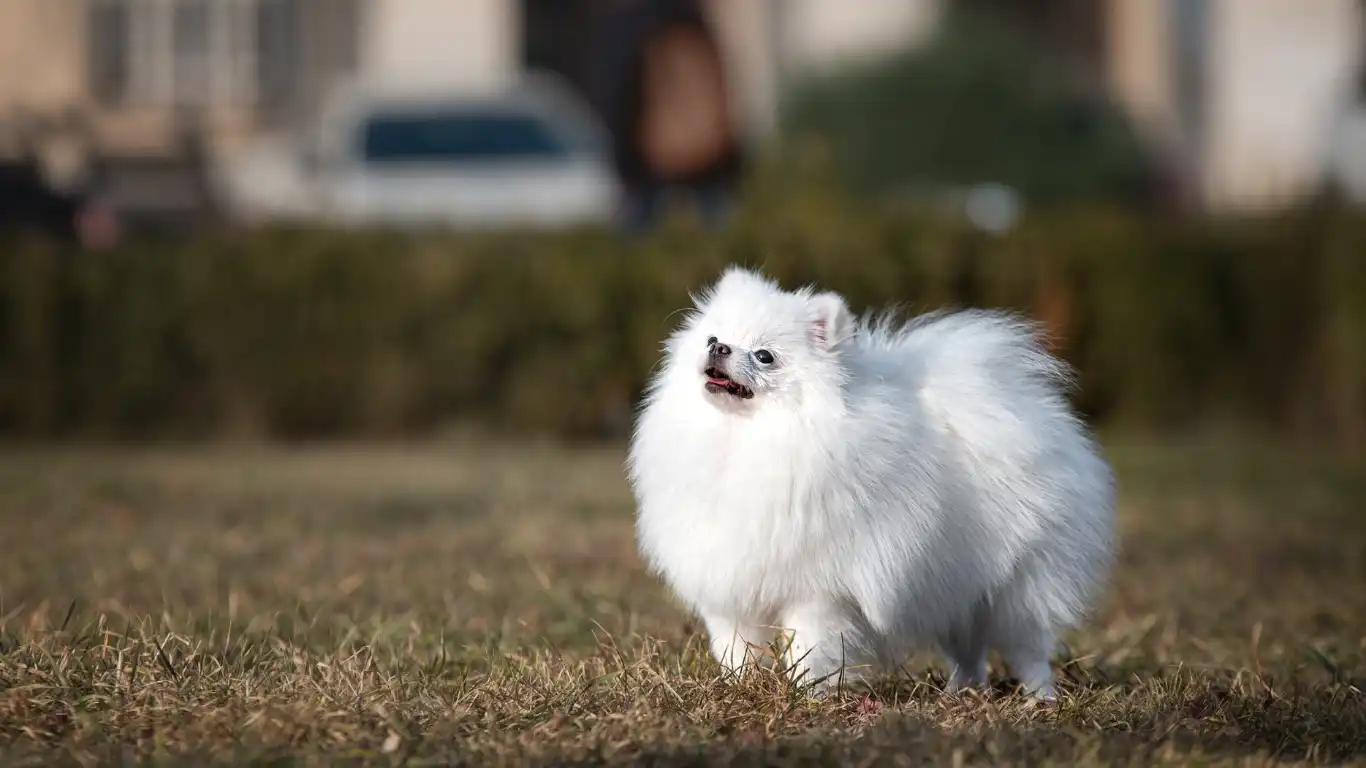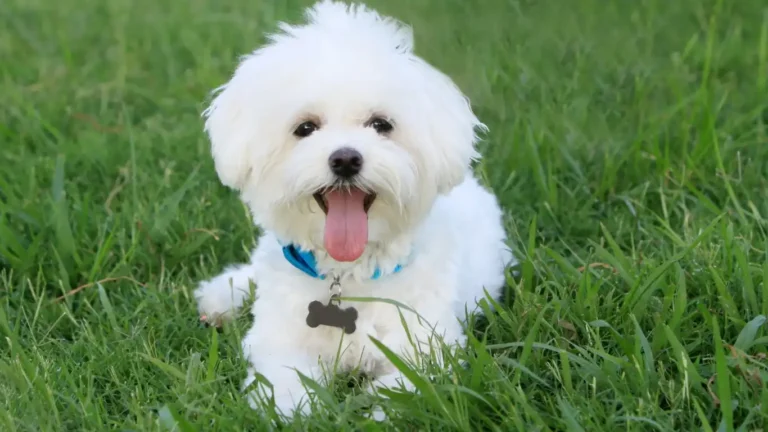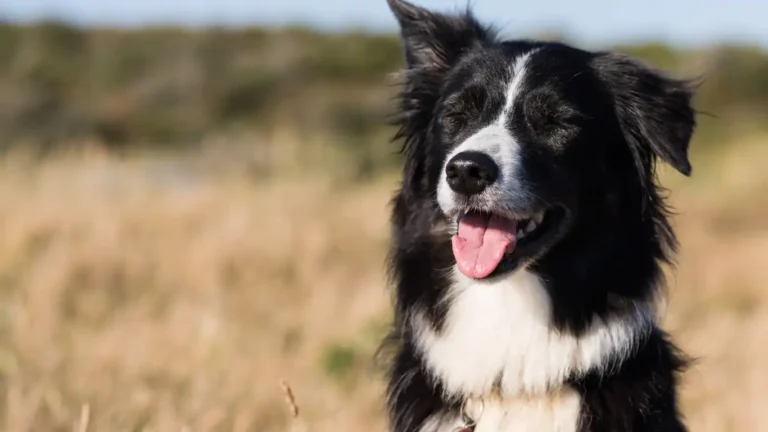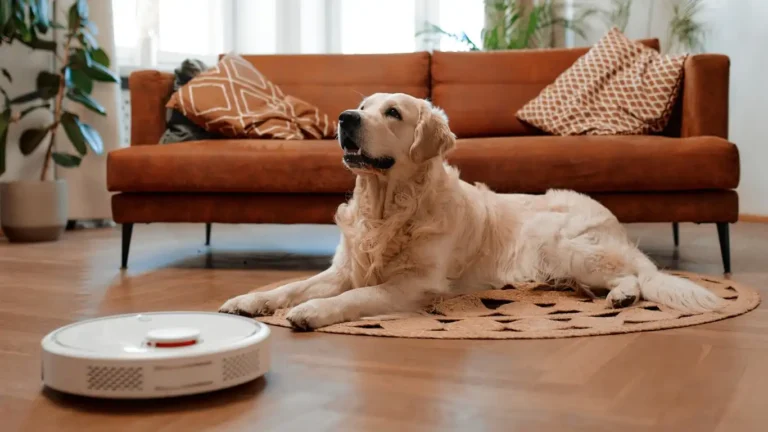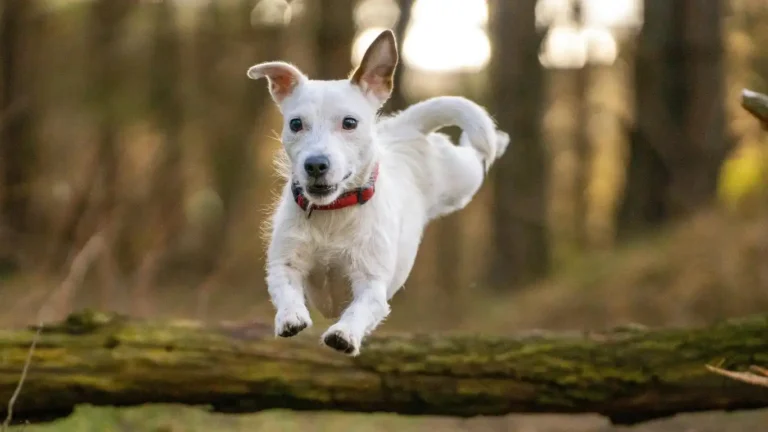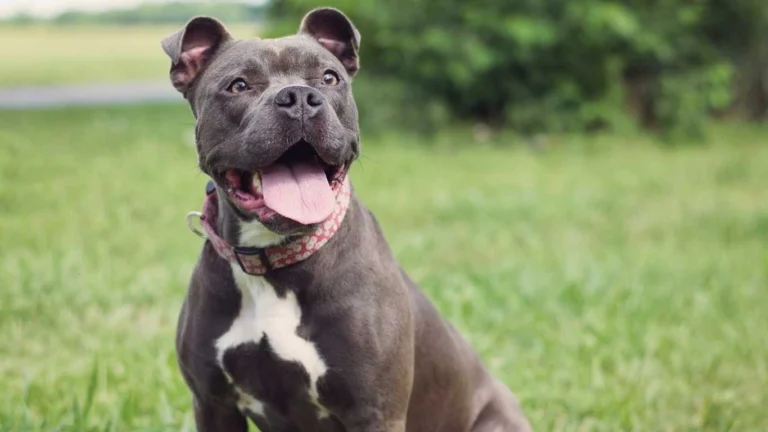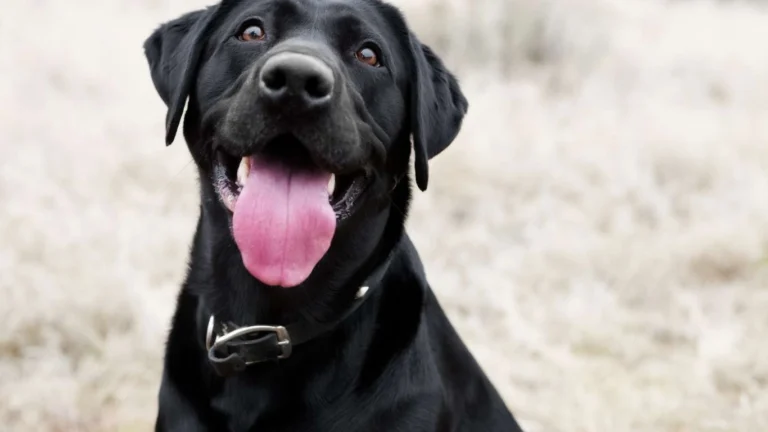Proven Tips to Stop Dogs from Chewing Electrical Cords Safely
If you’re here, you’re probably trying to figure out how to stop dogs from chewing electrical cords before something serious happens—and I get it. I’ve worked with countless dog parents as a vet tech, and trust me, I’ve seen everything from singed whiskers to serious injuries. One pup, a spunky Golden Retriever named Moose, gave us quite the scare when he chewed through a lamp cord during a thunderstorm. Thankfully, he made a full recovery, but it was a huge wake-up call for his owners. If your dog’s suddenly turned into a four-legged electrician, let’s talk about what’s going on—and more importantly, how to stop it.
Why Dogs Chew Electrical Cords
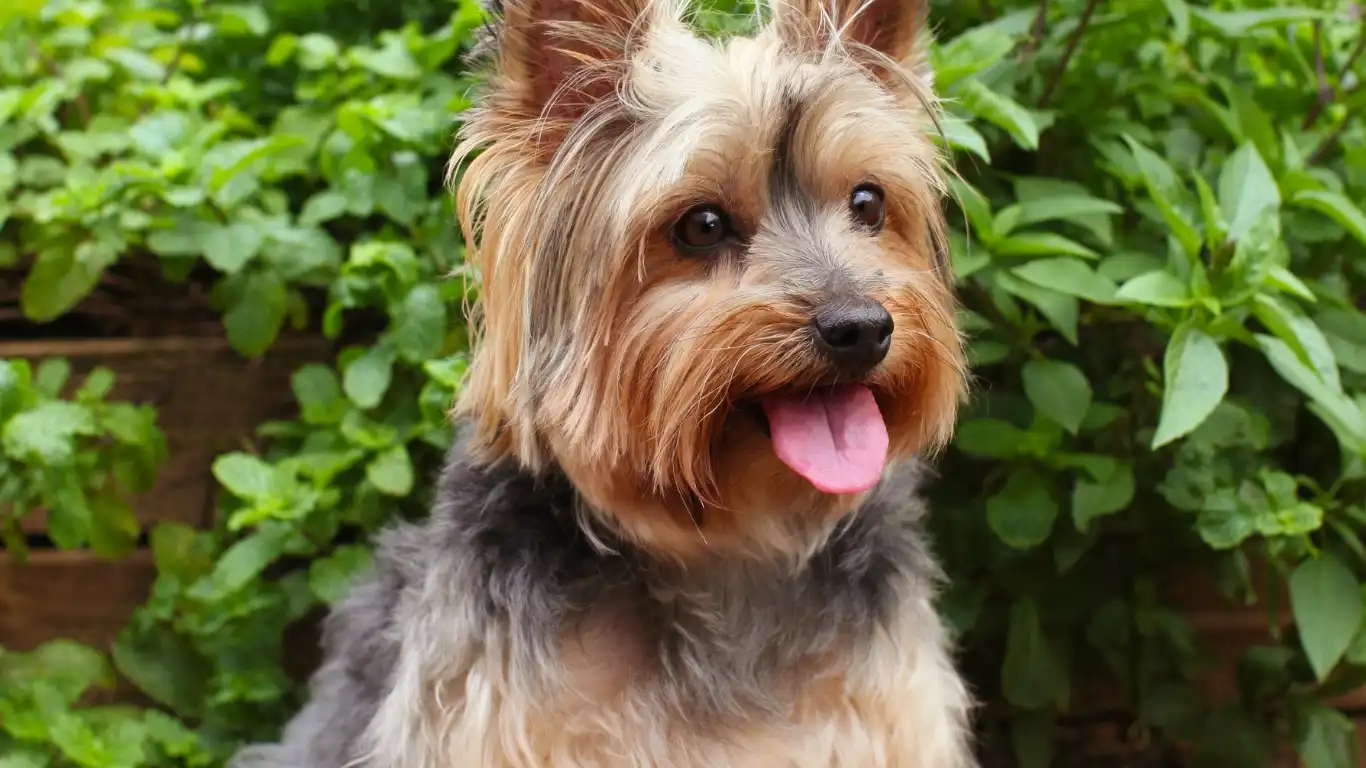
Teething Puppies and Curiosity Overload
First off, if your pup is under six months old, chewing is just part of their little doggie DNA. Teething is uncomfortable, and cords? Well, they’re dangly, rubbery, and apparently irresistible. It’s like handing a toddler a spaghetti noodle and expecting them not to whip it around.
Boredom and Lack of Stimulation
Let’s be real—dogs are smart. When they don’t get enough mental or physical stimulation, they start looking for ways to entertain themselves. And unfortunately, those juicy-looking wires behind the couch seem like a great idea. I had a Lab patient once who chewed through not one, but three phone chargers in a week—his owners had just switched jobs and weren’t walking him as much. He was bored, plain and simple.
Anxiety and Stress
Dogs can chew as a way to cope with stress—especially during thunderstorms, when left alone, or after big changes like moving. Chewing cords gives them something to do and calms them down (kind of like how some people stress-eat chips).
How to Stop Dogs from Chewing Electrical Cords
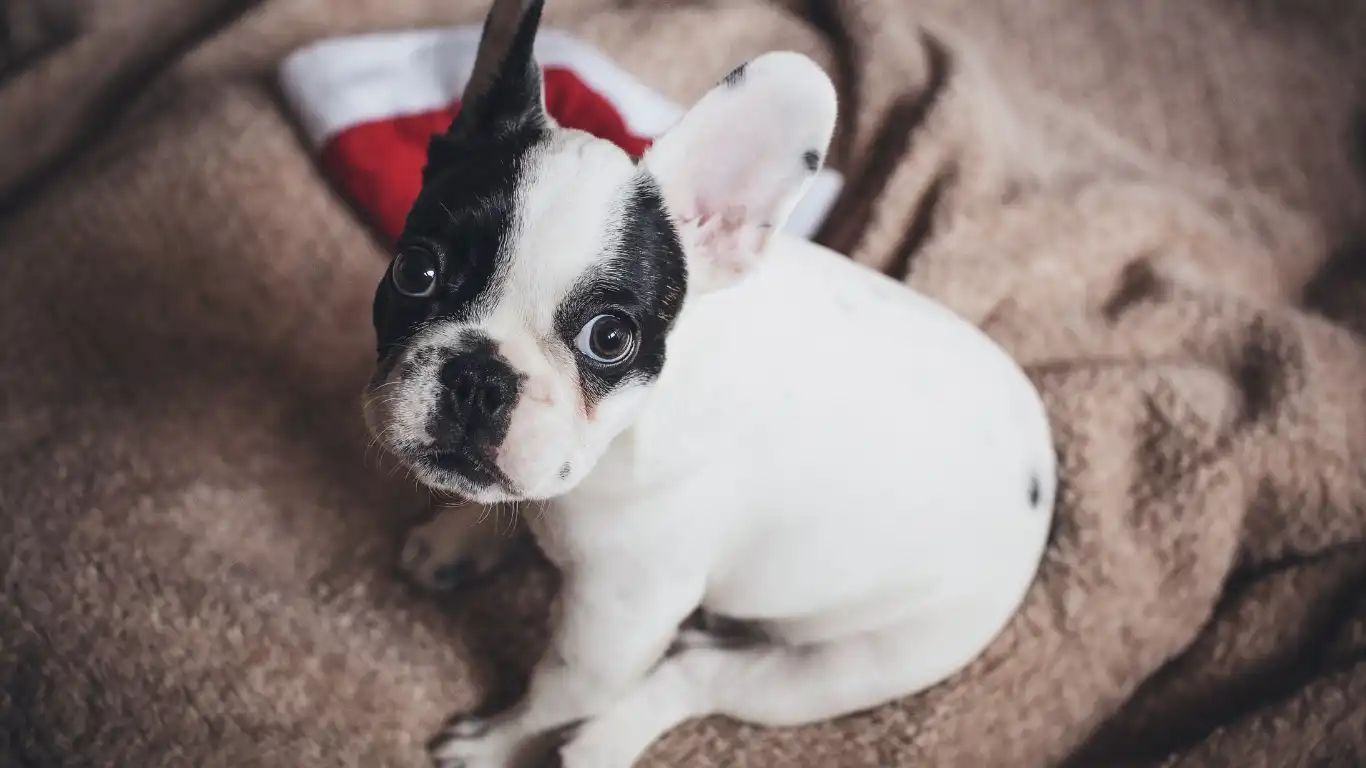
Step 1: Hide or Cover the Cords
Start with the basics—make those cords as invisible as possible. You’d be surprised how often dog-proofing is just good ol’ fashioned cord management. Try:
- Running cords behind furniture or through walls
- Using cord covers or PVC tubing (super cheap and available at any hardware store)
- Blocking off rooms where you can’t hide the cords
This alone has helped tons of pet parents I’ve worked with—one even told me it was like “magic.” Her Boxer stopped chewing the moment the cords disappeared from sight.
Step 2: Use Taste Deterrents (The Right Way)
There are sprays out there—like bitter apple or hot pepper sprays—that make cords taste awful. But here’s a pro tip: dogs are stubborn. Some pups might actually like the challenge. Always test a deterrent on a tissue or small area before coating all your cords.
Pro experience moment: I had a Beagle named Wally who loved bitter apple spray. We ended up switching to a DIY solution with white vinegar and lemon juice, which did the trick. Wally turned his nose up so fast it was like watching a cartoon.
Step 3: Provide Better Alternatives
If your dog is chewing cords, they’re telling you something—they need to chew. So give them something better. Not just any toy, though—look for:
- Durable chew toys like KONGs or Nylabones
- Frozen carrots or wet washcloths for teething puppies
- Rotating toys weekly to keep things interesting
One of my favorite go-to suggestions for clients? Fill a KONG with peanut butter and freeze it. Keeps them busy for ages—and it’s safe.
Training and Redirection Techniques That Actually Work
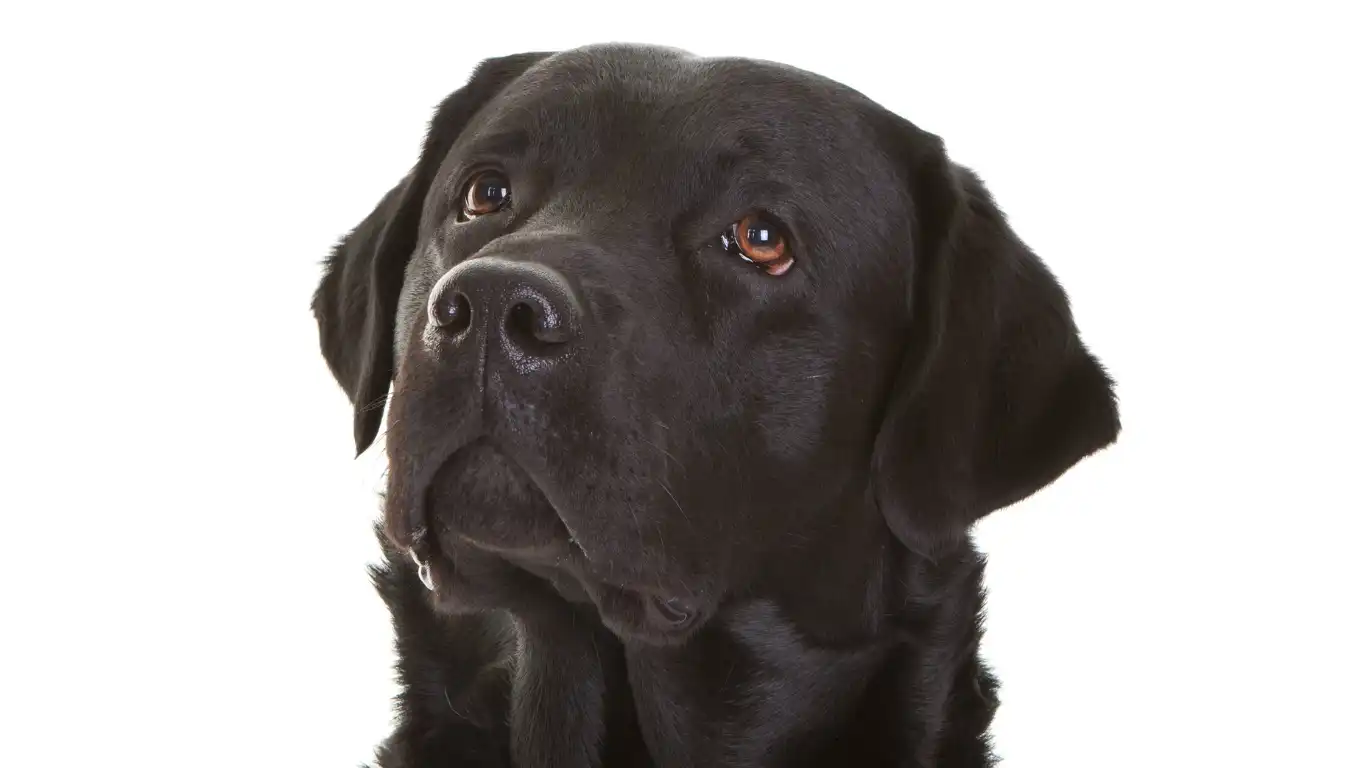
Use Positive Reinforcement
When you catch your dog chewing on a toy instead of a cord, reward the heck out of them. Treats, praise, belly rubs—whatever works. It’s all about showing them, “Hey, chew this, not that.” And if you catch them in the act with a cord, calmly redirect. Don’t yell. Just trade them with a toy or treat and praise like crazy when they take it.
Supervise and Crate When Needed
If you can’t supervise, it’s okay to use a crate or exercise pen. It’s not mean—it’s safe. Set them up with toys, and make it a happy place, not punishment. I tell clients, think of it like a toddler’s playpen. You’re just keeping them out of trouble while you get stuff done.
Understanding Risk: Why Chewing Electrical Cords Is More Than Just a Nuisance

Shocking Dangers (Literally)
We’ve talked about how to stop dogs from chewing electrical cords, but let’s get into why this habit is such a big deal. It’s not just about frayed chargers and having to replace your lamp—chewing cords can cause electric shock, burns to the mouth, or even fatal injuries. I’ve personally seen a young husky with electrical burns on his tongue and gums—it was heartbreaking. He survived, but he had to be on soft food for weeks. It’s scary stuff, and totally preventable.
Hidden Hazards Most Pet Owners Miss
Some cables look harmless—like those USB cords or low-voltage lamp wires—but they can still deliver a nasty jolt or cause internal damage if swallowed. Plus, pets that start with cords might move on to other hazards like battery chargers or phone cables, which can be even more dangerous.
If you’ve ever seen scorch marks on a chewed cord, consider it your warning sign to act fast. Trust me, I’ve seen those clues far too often during house calls.
Environmental Management: Setting Up Your Home for Success
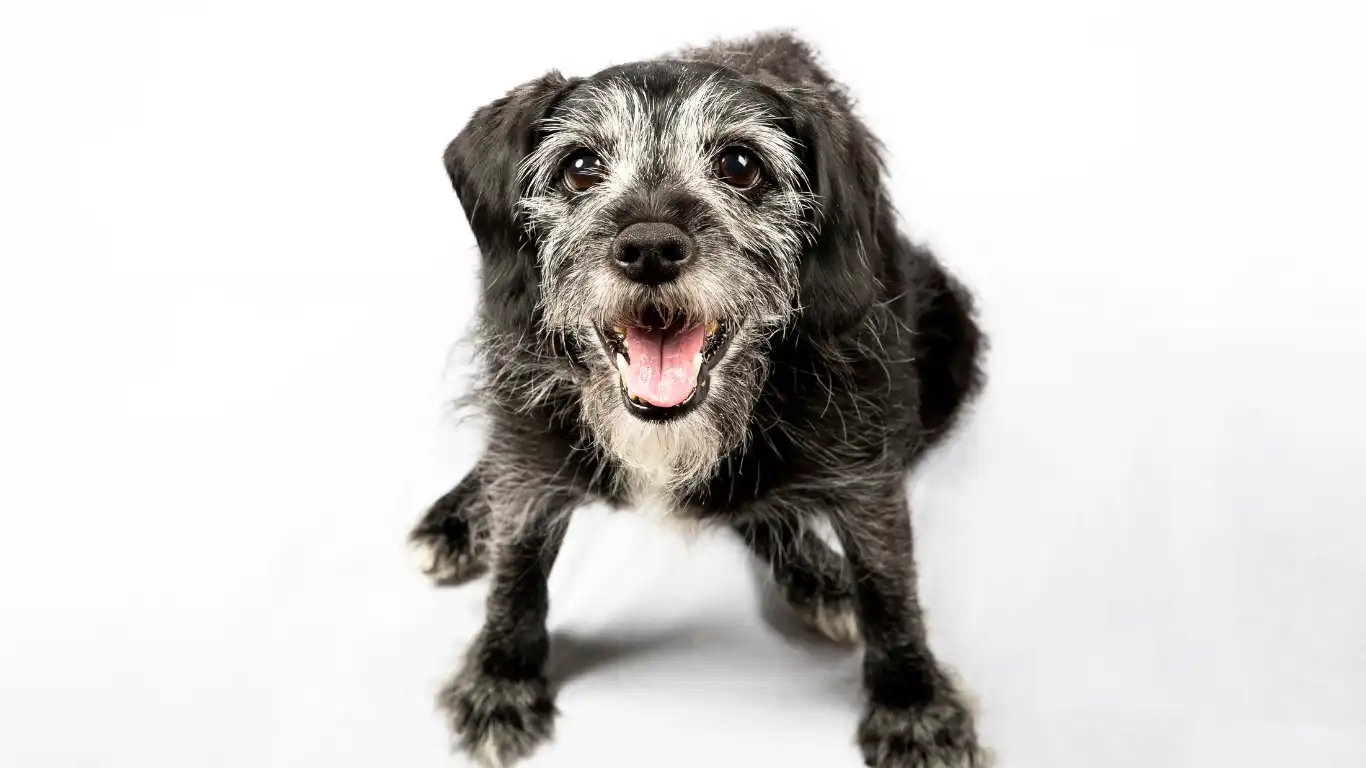
Rethink Your Layout
One of the best pieces of advice I give my clients is to look at their space from a dog’s eye view. Seriously—get down on the floor and take a look around. What’s dangling? What’s within reach? Anything exposed is fair game to a curious pup.
Here are a few tips I’ve shared over the years that make a huge difference:
- Use zip ties to bundle cables together and reduce access points
- Install baby gates or dog pens to limit access to high-risk areas
- Choose furniture that hides or protects power strips and outlets
Upgrade to Pet-Safe Tech
Believe it or not, there are products out there designed with pet safety in mind. Look for:
- Chew-resistant cords (some are steel-wrapped or reinforced)
- Cordless options like rechargeable lamps and vacuums
- Automatic shutoff surge protectors
One of my clients even replaced all their charging cords with fabric-covered versions that their pup found way less interesting. Sometimes, a simple switch-up can completely fix the issue.
Behavioral Work: Building New Habits That Stick
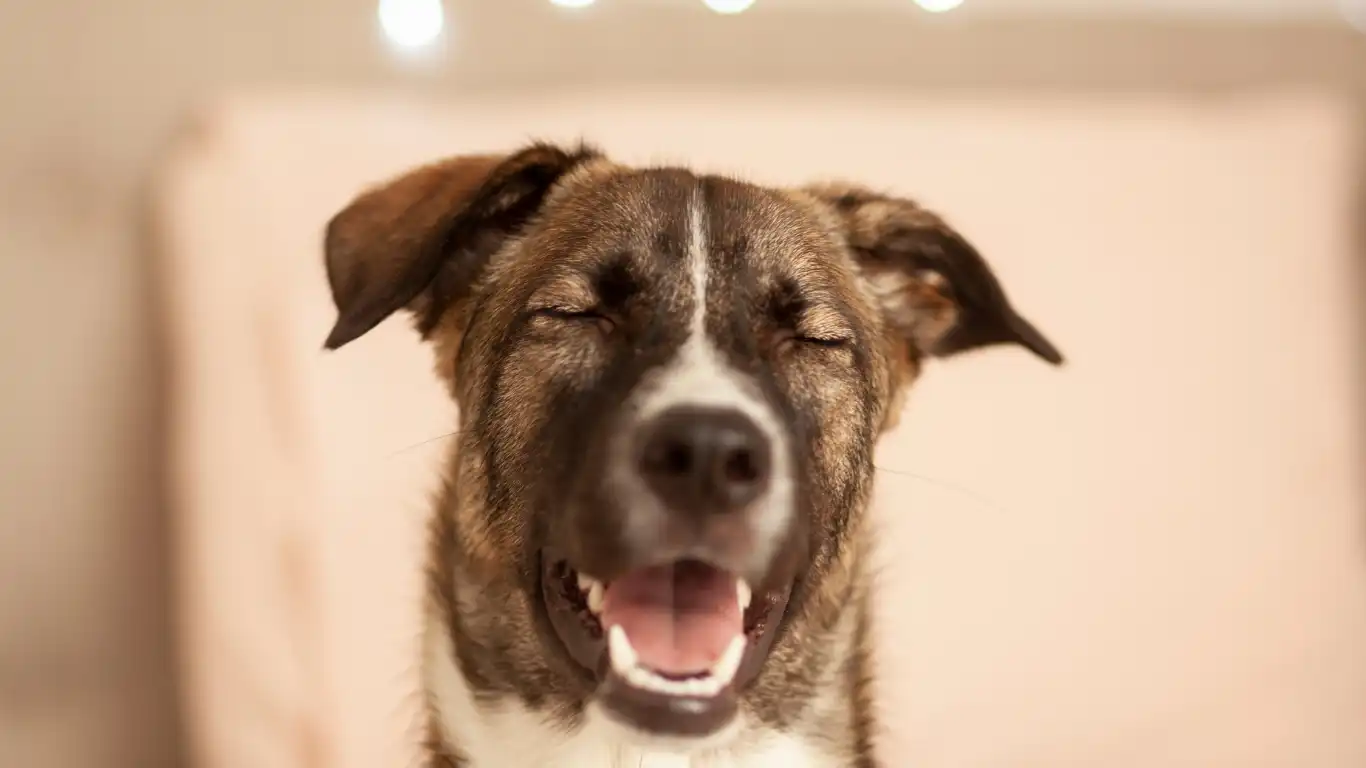
Daily Routine = Less Mischief
Dogs thrive on structure. If they know when it’s time to eat, play, and chill, they’re way less likely to get into trouble. When I help families build a daily routine that includes regular playtime, training sessions, and rest, the chewing habits often disappear on their own.
Try to include:
- Morning walks or play sessions to burn energy
- Interactive feeding (puzzle bowls or treat-dispensing toys)
- Training time to keep their brain busy
It doesn’t need to be military-level scheduling, but some consistency works wonders—especially for high-energy or anxious breeds.
When to Call in the Pros
If your dog’s chewing is compulsive or you’ve tried everything without success, don’t hesitate to call in a Certified Dog Trainer or Veterinary Behaviorist. Sometimes there’s an underlying anxiety issue or behavioral pattern that needs professional attention.
I’ve worked alongside behaviorists for tough cases, and the results can be amazing. One dog, a rescue with a rough start in life, went from chewing cords daily to peacefully lounging with a plush toy—just by getting the right help and consistent training. It’s not magic, it’s just the right plan.
Safe Toy Rotation Strategies
You wouldn’t want to play with the same toy every day, right? Neither does your pup. Rotating chew toys weekly keeps things interesting and helps redirect chewing urges toward appropriate items. I recommend:
- Soft toys for comfort (especially for anxious dogs)
- Textured rubber toys for tough chewers
- Edible chews like bully sticks or dental treats (under supervision)
One trick I often share: keep three “chew stations” in the house—like baskets filled with toys in different rooms. That way, no matter where your dog hangs out, there’s always something better than a power cord nearby.
When Chewing Leads to Injury: What to Watch For and How to Respond
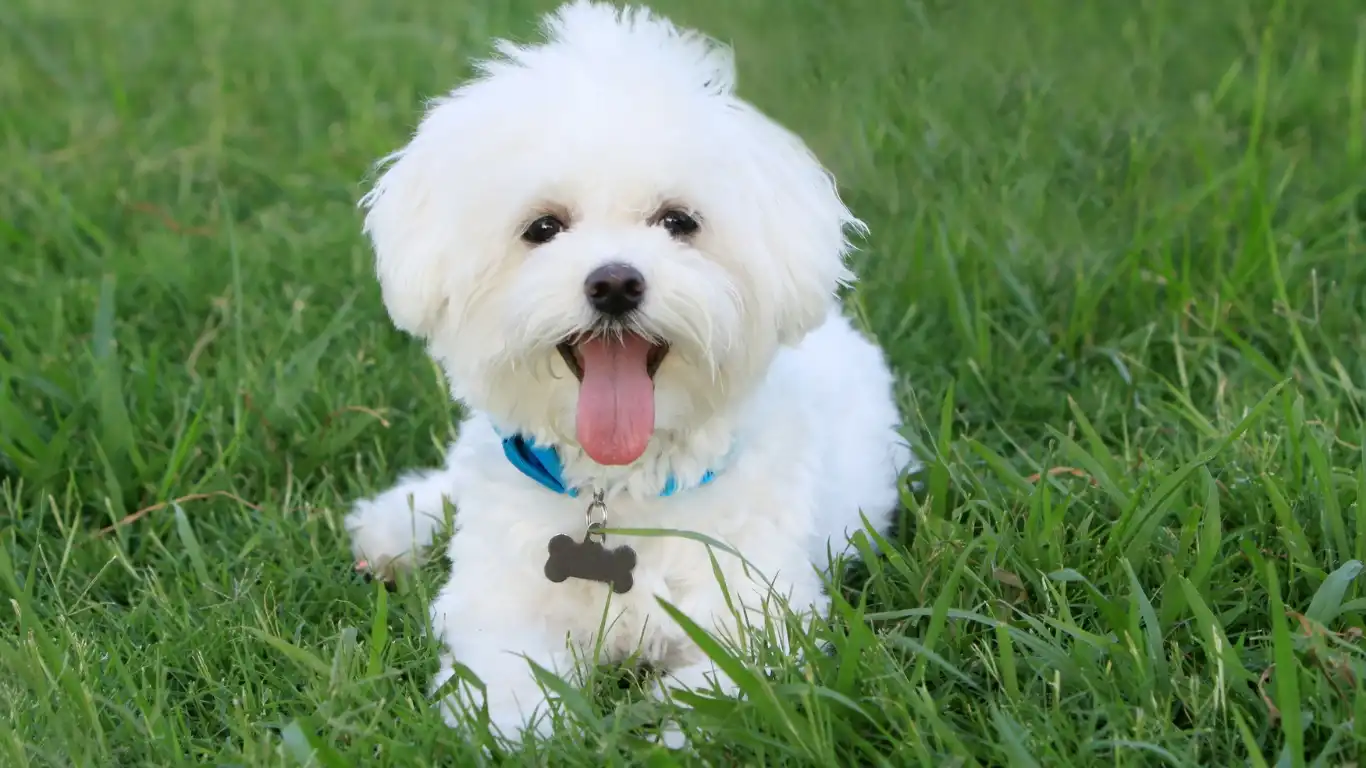
Signs Your Dog May Be Hurt From Chewing Cords
As a Veterinary Technician specializing in nutrition and general pet care, I’ve often reminded pet parents that chewing cords isn’t just a behavior issue—it can quickly turn into a health emergency. If your dog has been gnawing on electrical cords, keep a close eye on these warning signs:
- Burns or redness around the mouth, gums, or tongue
- Excessive drooling or pawing at the mouth
- Swelling or bleeding inside the mouth
- Unusual lethargy or weakness
- Signs of pain or discomfort when eating
- Shaking or trembling, which could indicate shock
In my years of experience, even the slightest burn can lead to infections or make your dog avoid eating—so prompt veterinary attention is crucial. Don’t hesitate to reach out to your vet if you notice any of these signs, even if they seem minor. Early intervention can prevent a lot of complications.
First Aid Tips While Waiting for Veterinary Care
If you suspect your dog has suffered an electrical injury from chewing cords, here are a few things you can do while on your way to the vet:
- Disconnect the power source. Ensure all electrical devices and cords are unplugged to avoid further injury.
- Inspect the mouth carefully. Use a flashlight if necessary, but be gentle—your dog might be in pain and scared.
- Rinse the mouth with cool water if you see burns or irritation (do not use hydrogen peroxide or alcohol).
- Keep your dog calm and confined. Avoid giving food or water until advised by your vet if you suspect mouth or throat injuries.
Long-Term Prevention: Building a Safe, Happy Environment

Commit to Consistent Training and Supervision
Stopping dogs from chewing electrical cords takes time, patience, and consistency. From what I’ve seen in clinics and homes alike, those who commit to daily training and supervision see the best results. Remember, dogs don’t chew cords to annoy you—they’re usually trying to tell you something, whether it’s boredom, anxiety, or discomfort.
Some final tips to keep in mind:
- Reward positive behavior frequently—make ignoring cords more rewarding than chewing them.
- Use leash training indoors if necessary to control access when unsupervised.
- Maintain regular vet checkups to catch any hidden oral injuries early.
- Provide plenty of mental stimulation—training games, scent work, and interactive toys can all help reduce destructive chewing.
Nutrition’s Role in Behavior
While it might not seem obvious, nutrition plays a key role in your dog’s overall behavior and well-being. Nutrient deficiencies, like low levels of certain vitamins and minerals, can increase anxiety or restless behaviors, including chewing. As someone who’s specialized in canine nutrition, I recommend consulting with your vet about a balanced diet tailored to your dog’s age, breed, and activity level.
Sometimes, small dietary tweaks paired with behavior training can make a big difference. For example, omega-3 fatty acids support brain health and can reduce anxiety symptoms, which may help reduce destructive chewing urges.
Additional Resources and Professional Help
For more detailed guidance on canine behavior and health, I always encourage dog parents to check out reputable organizations like:
And of course, nothing replaces personalized advice from your trusted veterinarian or a certified dog behaviorist—don’t hesitate to reach out if your dog’s chewing is out of control or causing injury.
Disclaimer
This article is intended for educational purposes only and should not replace professional veterinary advice. If you suspect your dog has been injured or is engaging in dangerous chewing behaviors, please consult your veterinarian promptly. Every dog is unique, and a tailored approach is always best for health and safety.
